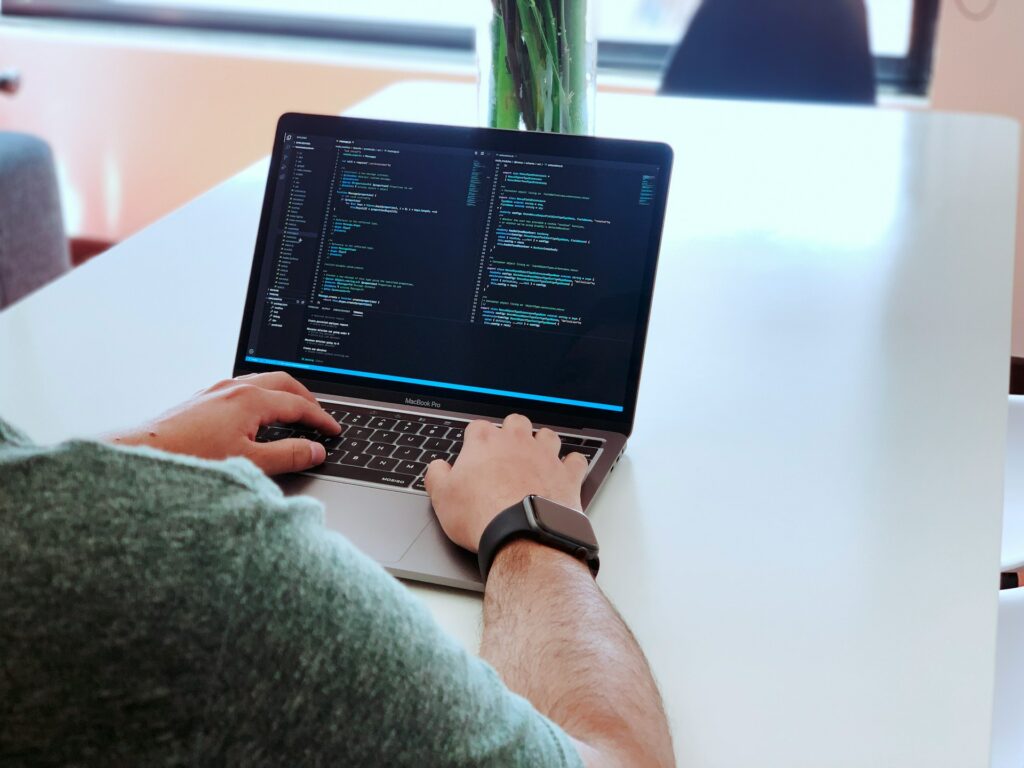Microsoft’s Windows Security Dashboard: How to Use It Like a Pro

Microsoft’s Windows Security Dashboard: How to Use It Like a Pro
The security package that comes pre-installed on Windows 10 and Windows 11 is known as Windows Security, which was previously known as Windows Defender. Although the Windows Security Dashboard is primarily seen by many users as a simple antivirus application, it really functions as a comprehensive hub that allows users to manage antivirus, firewall, ransomware protection, device health, and other related features. You may control the security of your personal computer like an expert if you know how to use it correctly, and at the same time, you won’t need any additional software.
Do you know what the Windows Security Dashboard is?
This unified interface, known as the Windows Security Dashboard, provides you with information on the current protection status of your personal computer. Virus scans, firewall settings, device performance, and account protection are just some of the important security elements that can be accessed quickly using this tool.
You might think of it as the “command center” for security on your own computer, providing you with both updates at a glance and more in-depth management.
Getting Started with the Dashboard
Access to Windows Security may be gained via a variety of means:
Once you have pressed Win and I, go to Privacy & Security > Windows Security, and then select the Open Windows Security button.
In order to access Windows Security, press Win and S, then press Enter.
Select the shield icon that is located in the notification area of the taskbar, and then double-click it.
Areas of the Windows Security Dashboard That Are Most Important 1. Protection against Viruses and Threats
You are able to perform scans and modify the settings for your antivirus software in this part, which is the one that is utilized the most.
1. Quick Scan: Examines the most typical places where malware hides.
Full Scan: This scans all of the files and applications that are now operating on your personal computer.
- Targets certain folders or drives using the Custom Scan feature.
- The Microsoft Defender Offline Scan feature restarts the computer and performs scans outside of Windows in order to detect threats that are thoroughly concealed.
- A useful piece of advice is to set up automated sample submission and schedule frequent complete scans in order to strengthen your security.
2. The Protection of Accounts
The security of your Microsoft account and login information is protected by this section.
- Supports the usage of Windows Hello (personal identification number, fingerprint, and facial recognition).
- If your password or sign-in choices are poor, you will get a warning.
- Integrates with Microsoft accounts to provide user security against identity theft.
- To provide the highest level of security for your Microsoft account, it is recommended that you always use two-factor authentication.
3. Firewall and System Protection for Networks
Your computer’s interactions with networks are managed by this section.
- This function displays whether or not your firewall is active for public, private, and domain networks.
- Provides the ability to open or close applications via the firewall.
- It offers many alternatives for resolving problems with the network.
- Even if you use a third-party antivirus program, it is important to remember to always have the firewall active. Set it to disabled just for the sake of testing.
4. Control of Applications and Browsers
By using SmartScreen, this function will safeguard you against harmful downloads, phishing websites, and applications that have not been validated.
- A security system that is based on reputation blocks dubious applications and data.
- Protects against exploits by lowering the number of vulnerabilities in applications and system operations.
- It is recommended that you keep SmartScreen enabled since it prevents potentially harmful websites and files from running.
5. Security of the Device
In this section, you will uncover defenses available at the hardware level that make it more difficult for attackers to penetrate your system.
- Core isolation is a security method that protects critical operations by using virtualization-based protection.
- Memory integrity refers to the ability to avoid the introduction of harmful code.
- Secure boot ensures that your computer begins with software that you can rely on.
- Turn on Memory Integrity if your hardware supports it to provide further safety. This is a professional tip.
6. The Health and Performance of the Device
Your personal computer’s general health is reported in this section.
- Windows updates, storage space, battery life, and driver health are all monitored by this feature.
- Performs a clean installation of Windows in the event that performance difficulties are severe.
- An expert piece of advice is to make use of this section to identify potential issues, such as limited storage space or battery deterioration, before they have an impact on performance.
7. Choices for Families
Through Microsoft Family, this area provides access to parental controls and other services that enhance online safety.
- Place time limitations on the screen.
- Keep an eye on what’s going on online.
- Restriction of material should be implemented for younger users.
- Use this if your children or visitors often use your personal computer; it will provide you with an additional layer of control.
Exploring the Advanced Settings is Worth Doing
You have the ability to exclude trusted folders or applications from scans by using the exclusions feature found in the Virus & Threat Protection section.
- Provides protection that is given via the cloud and guarantees that your antivirus definitions are constantly up to date.
- Ransomware attacks may be prevented by using Controlled Folder Access, which safeguards important folders.
How to Interpret the Status Icons on the Dashboard
There is no need for concern; your personal computer is safeguarded.
- The yellow alert indicates that something need attention, such as an outdated scan.
- A major problem, such as the firewall being turned off or the detection of malware, results in a red alert.
- It is imperative that yellow or red alerts be resolved as quickly as possible.
Tips from the Experts on How to Utilise Windows Security
- To make things more convenient, you may automate scans by setting up scheduled scans in Task Scheduler.
- In conjunction with BitLocker, encrypt disks to provide an additional degree of safety for your data.
- Catch threats that are hidden outside of regular processes by using offline scans on a monthly basis.
- Maintain the option to update: Defender is only as powerful as the most recent definitions of its terms.
The Windows Security Dashboard is a comprehensive package that lets you manage the protection of your personal computer, as well as its performance and account security. It is much more than simply an antivirus screen. By gaining an understanding of how each area operates and making use of sophisticated features such as Controlled Folder Access and Memory Integrity, you can bring the level of protection provided by your system up to a professional level without having to pay for additional security software.




